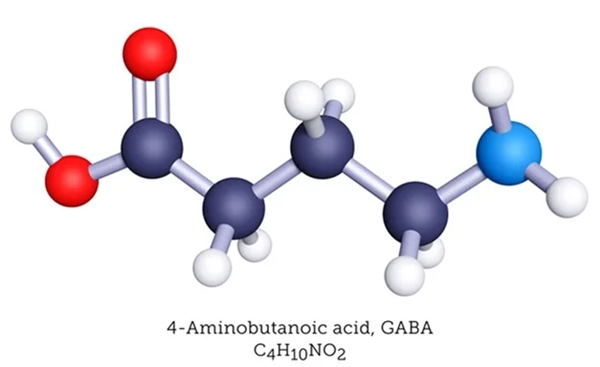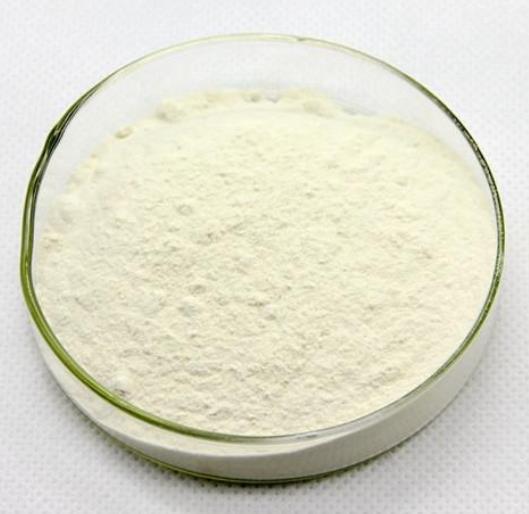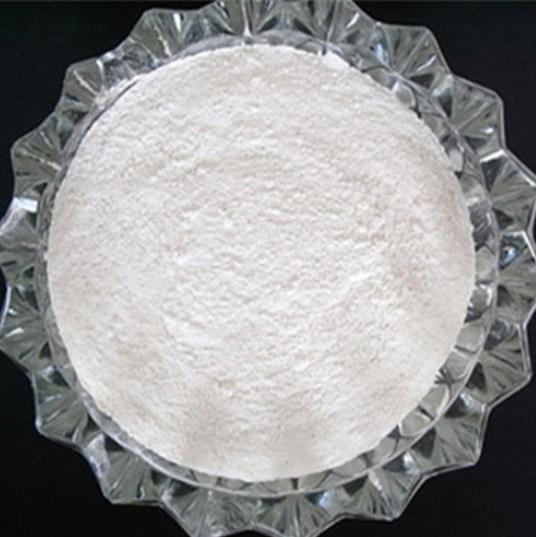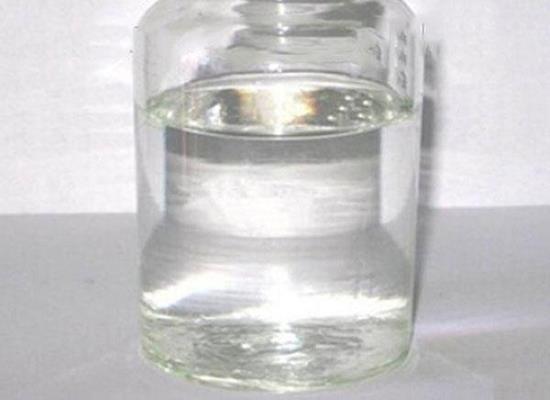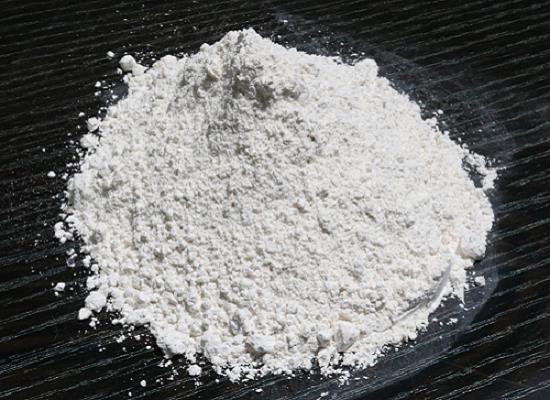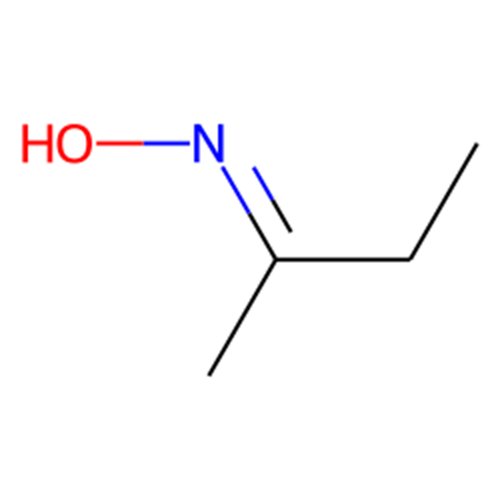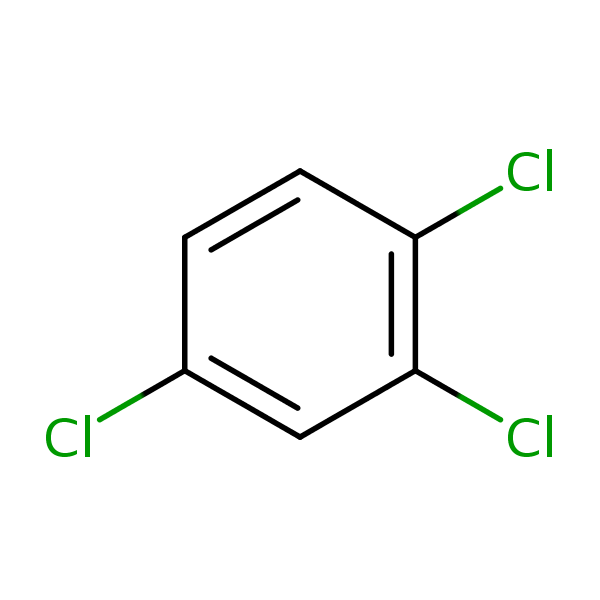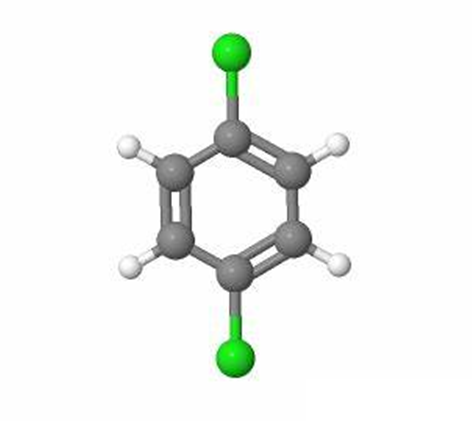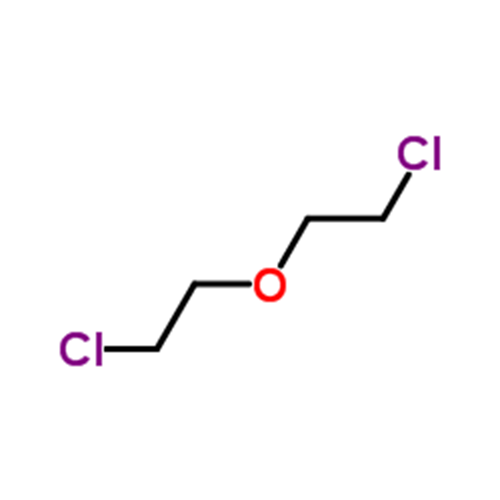Active Pharmaceutical Ingredients (API), popularly speaking, are the raw materials of medicines, only pharmaceutical raw materials are processed into pharmaceutical preparations , can they become medicines available for clinical use, so drugs we usually eat are the finished drugs through processing. Active Pharmaceutical Ingredients based on its sources can be divided into two major categories ,including chemical synthetic drugs and natural chemical drugs. Chemical synthetic drugs can be divided into organic synthetic drugs and inorganic synthetic drugs. Inorganic synthetic drugs are inorganic compounds ( very few is element), such as aluminum hydroxide, magnesium trisilicate which are used for the treatment of gastric and duodenal ulcers ; organic synthetic drugs are mainly composed of drugs made by basic organic chemical raw materials, through a series of organic chemical reactions (such as aspirin, chloramphenicol, caffeine, etc.). Natural chemical drugs ,based on its sources,can be divided into two categories including biochemical drugs and plant chemical drugs. Antibiotics are generally made by the microbial fermentation, which belongs to the biochemistry category. A variety of semi-synthetic antibiotics occurs in recent years,which are biosynthesis and chemical synthesis combining products.Among active Pharmaceutical Ingredients, the organic synthetic drugs varieties, yields and values have the largest proportion,which are the main pillars of the chemical and pharmaceutical industries. The quality of active Pharmaceutical Ingredients decides whether the formulation is good or bad , so its quality standards are very strict ,countries in the world have developed national pharmacopoeia standards and strict quality control methods for its widely used active Pharmaceutical ingredients.
4-Aminobutyric acid: Structure and Function
4-Aminobutyric acid, also known as Gamma-aminobutyric acid or GABA, is a gamma-amino acid, belonging to the butyric acid group, with the amino substituent group located at C-4.
Jun 6,2024 API4-Hydroxybenzaldehyde: A Versatile Compound in Modern Chemistry
4-Hydroxybenzaldehyde (4-HBA) is a prominent organic compound widely recognized for its diverse applications in the chemical industry.
Jun 6,2024 APISulfamethoxazole: A Comprehensive Overview for Chemistry Professionals
Sulfamethoxazole is a synthetic antibiotic, commonly used in combination with trimethoprim to treat a variety of bacterial infections.
Jun 6,2024 APIDodecane: Applications as Oxygen Vector and its Toxicity Summary
Dodecane boosts enzyme activity but poses health risks, necessitating cautious handling due to its harmful effects and potential carcinogenicity shown in studies.
Jun 5,2024 APICinnamyl Alcohol: Anti-inflammatory Effects and its Biosynthesis Method
Cinnamyl alcohol can be successfully biosynthesized by engineered E. coli, showing potent anti-inflammatory effects by modulating NLRP3 inflammasome pathway, promising for sepsis treatment.
Jun 4,2024 APIKaolin: Properties and Applications in Agriculture
Kaolin, a versatile mineral, finds diverse applications in industries and emerges as an effective additive in managing insecticide-resistant pests in agriculture.
Jun 4,2024 APIQ:How to detect 2-Butanone oxime aerosol concentrations in the environment?
A:2-Butanone oxime is commonly found in alkyd resin coatings or silicone sealants and may pose a carcinogenic risk due to its reclassification as a Class 1B carcinogen.
Jun 3,2024 APIWhat is 1,2,4-Trichlorobenzene used for?
1,2,4-Trichlorobenzene is one of the isomeric forms of trichlorobenzene, i.e., compounds with the same molecular weight and chemical formula but with chlorine atoms positioned differently from each ot
Jun 3,2024 API1,4-Dichlorobenzene: Uses and Hazard
1,4-Dichlorobenzene is a colorless to white flammable crystalline solid at room temperature that slowly evaporates when exposed to air.
Jun 3,2024 APIWhat does 2,2'-Dichlorodiethyl ether do?
2,2'-Dichlorodiethyl ether is a versatile ether. 2,2'-Dichlorodiethyl ethey are mainly used as chemical intermediates in the manufacture of pesticides.
Jun 3,2024 API



